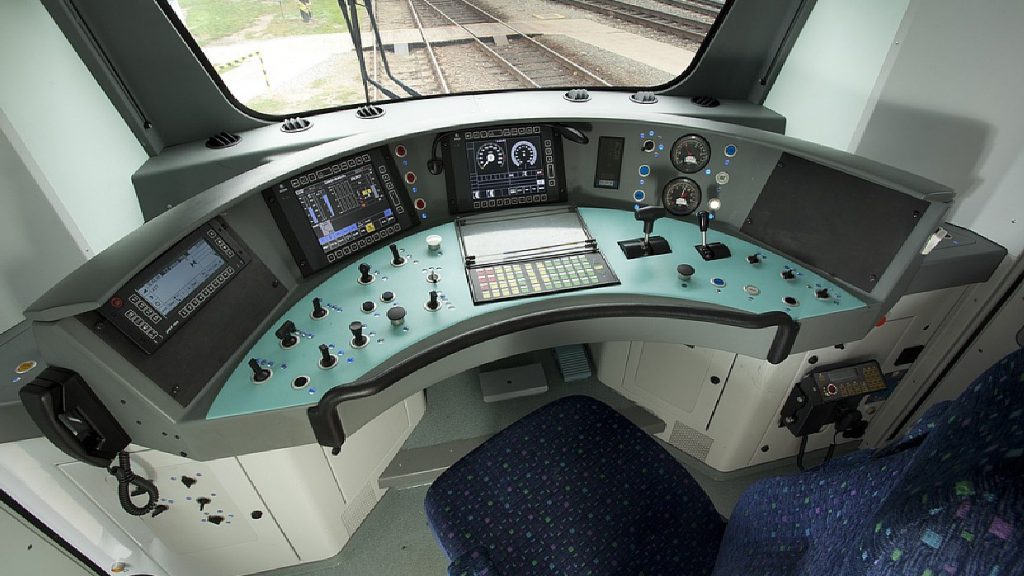ATO autonomous control systems

The ATO system provides the function of automated train control.
Its primary purpose is to automate the driver's actions and plan the journey with respect to the timetable as well as energy consumption.
It is a semi-automatic control system where the presence of a driver is required to deal with emergencies and unpredictable events. Responsibility for operational safety is thus transferred to the train protection system and the driver. Switching off the system does not affect the operability of the rail vehicle.
The ATO system is designed as an extension of the Train Control System (TCS) and train protection system (ATP). Control units are installed in each vehicle. The system uses Ethernet communication lines to exchange data between the main vehicles and other train subsystems.
Operating modes include driver assistance and automatic operation. In the automatic operation mode, the system regulates speed according to a setpoint with the ability to set acceleration limits, it stabilises speed using track elevation profile information, regulates braking in the event of a speed limit on the track, and stops according to a dynamically generated braking profile. The drive and braking modes are controlled by the TCS with a single signal of relative force and desired speed obtained from the ATO.
The positioning subsystem is based on its own odometry (distance, speed, acceleration) and position information from multi-band GNSS (GPS / Glonas / Galileo / Beidou satellite navigation).

